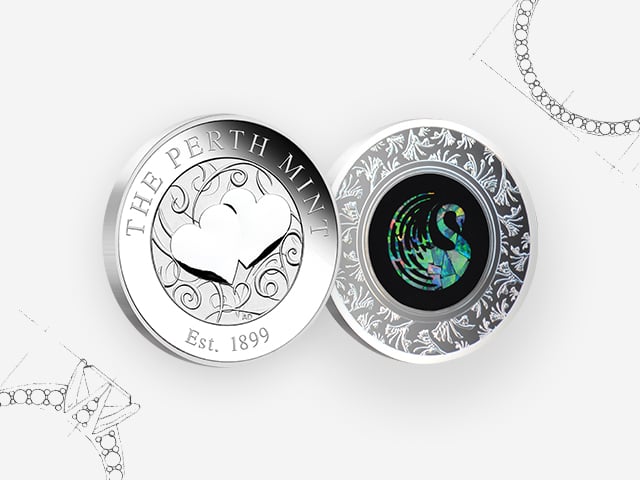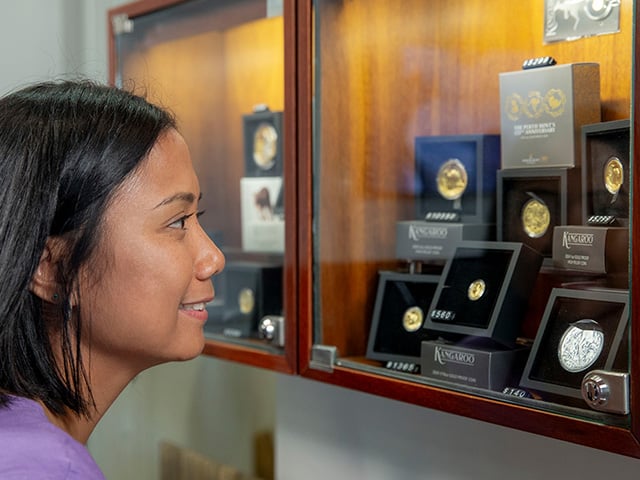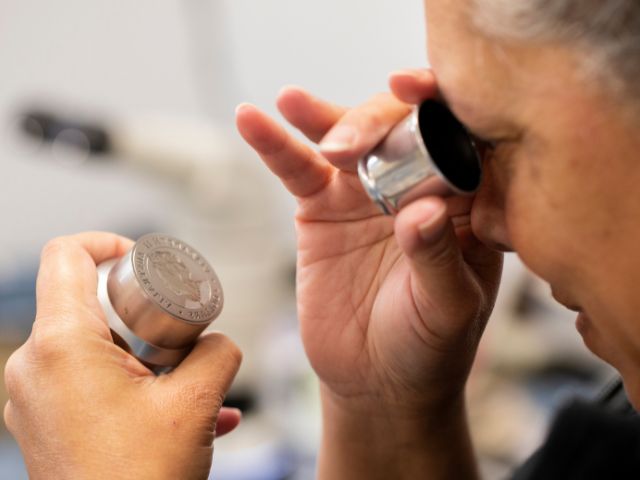What is a Piedfort?
Many collectors are fascinated by piedforts (pronounced pee-ay-fore), unusually thick and heavy coins that take their name from French words meaning ‘heavy weight’.
French monarchs from the 12th century are known to have bestowed treasured piedforts on visiting dignitaries. At about double the thickness and double the weight, the coins served as powerful physical reminders of the richness of the kingdom and the skill of its artisans.
French coiners also made piedforts as patterns, or trial pieces. This activity began in England under Edward I (r. 1207 – 1307), the patterns’ extraordinary thickness distinguishing them as original test models. Thought to have been made in London by master engravers, they would have been distributed to regional mints common at that time where the design could be copied.
According to the Royal Mint, a sixpence of 1588 was the last English piedfort under this tradition, although they continued to be made across Europe as prestige pieces until the mid-seventeenth century.
Modern commemorative piedforts are struck for collectors, their extra thickness making them a particularly satisfying keepsake for many of those absorbed by non-circulating legal tenders issues.












